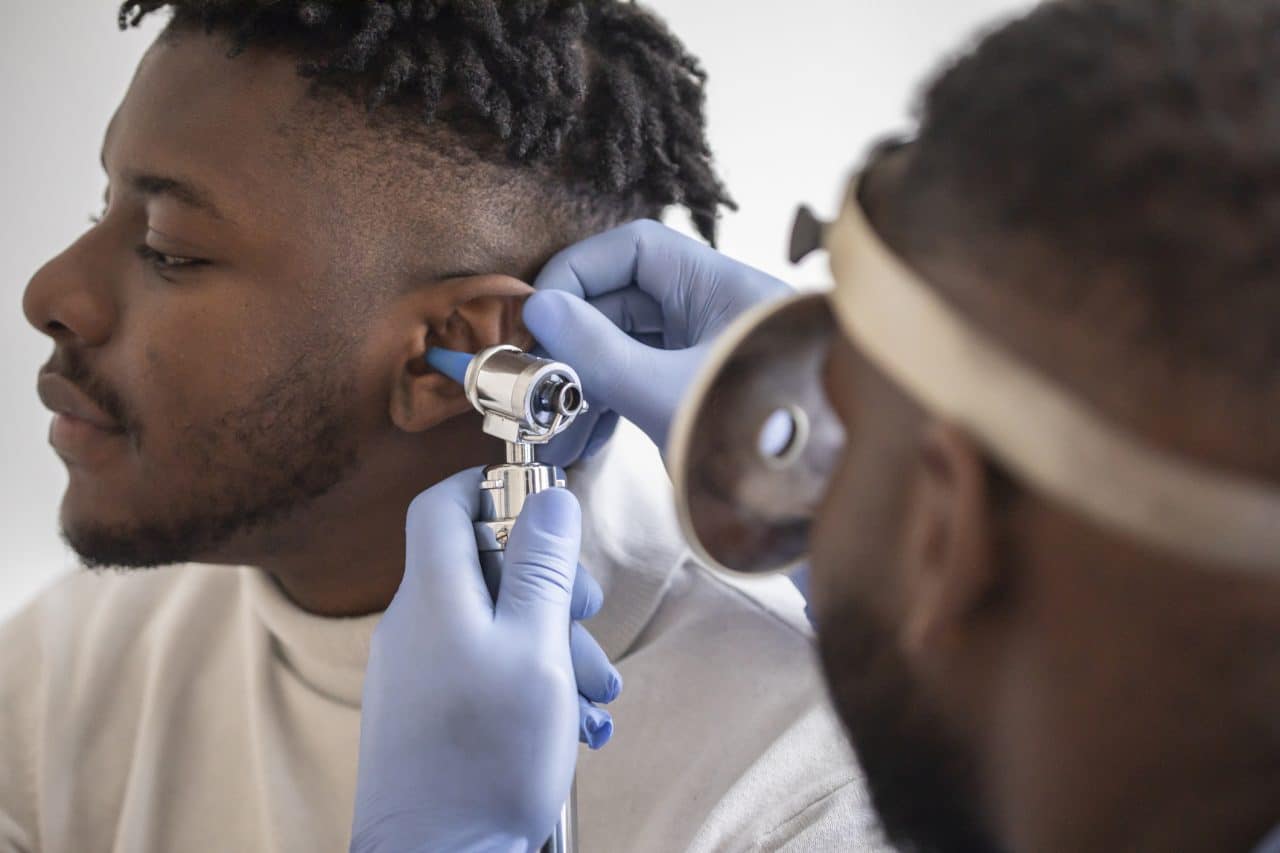If your inner ears become damaged, it can affect more than just your hearing; it can impact your balance, too. This is because both the hearing and balance systems are housed within the inner ear. Fortunately, both hearing and balance problems have been shown to be treatable with hearing aids.
How We Hear

Within the cochlea, a part of the inner ear, are tiny hair cells called stereocilia. These cells are responsible for converting soundwaves that pass through the outer and middle ear into electrical impulses that travel to the brain via the auditory nerve to be interpreted as sound.
How We Balance
The inner ear also contains the labyrinth, which is a maze of bone and tissue that holds the semicircular canals. The semicircular canals are filled with fluid that moves as your body moves, activating tiny hair cells that send signals to your brain about your movements. Each set detects a different type of movement.
How Hearing Aids Can Help
Research shows it’s not just the semicircular canals that help us maintain balance when hiking on Loop Trail. We also use sound signals to orient us in space.
This is confirmed by a study out of the Washington University School of Medicine that was published in The Laryngoscope.
A total of 14 people ages 65 to 91 took part in the study. The researchers evaluated the balance of the participants using standard balance tests. One test involved standing on a thick foam pad with their eyes covered, and the other involved standing in a heel-to-toe formation, again with eyes covered. Each test was repeated twice, once with the hearing aids switched off and again with them turned on.
For the foam pad test, participants stood for an average of 17 seconds with devices off and 26 seconds with devices on. In the heel-to-toe test, participants stood for an average of 5 seconds with hearing aids off and 10 seconds with them on. These results are statistically significant, though the sample size was small, report the study authors.
“The participants appeared to be using the sound information coming through their hearing aids as auditory reference points or landmarks to help maintain balance. It’s a bit like using your eyes to tell where you are in space. If we turn out the lights, people sway a little bit — more than they would if they could see. This study suggests that opening your ears also gives you information about balance,” explained senior study author Timothy E. Hullar, M.D.
For more information or to schedule an appointment, call Evergreen Speech and Hearing Clinic today.